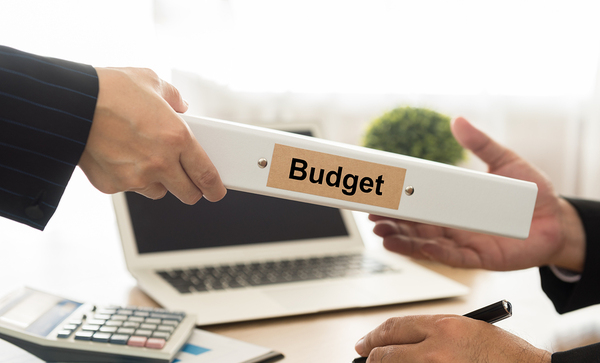Planning a new budget for 2021 may seem daunting, and it’s easy to see why. After COVID-19 turned business operations on their head, last year’s budget was likely tossed out the window. That’s exactly what makes it all the more important to start planning your 2021 budget now with an anything-can-happen mentality.
Implementing the right strategies can reduce the stress of preparing for the new year. No matter the industry, your budget should support business intelligence (BI) goals.
The right BI budgeting tools can simplify the process. These applications contain a range of features to help you plan strategically based on data analytics and other key insights derived from your BI solution.
Since 2021 is right around the corner, we offer these five budgeting best practices you can start using now.

01. Use Drivers
Instead of orienting your budget process around accounts, adapt it to key drivers of your business. Some common drivers are:
- Sales units
- Number of customers
- Change in cost of raw materials
- FTEs
The right drivers will depend on your business. Once you identify your key drivers, you can use logic-based formulas in your budget models and apply your drivers against historical data. The result will be a detailed, GL account-based budget.
Those responsible for budgeting at your company are probably already doing this to varying extents. But, when you send them an Excel budget file that is just a list of accounts or a P&L format, it forces them to calculate budgets outside of the budgeting process and you lose visibility to what is driving your numbers.
Driver-based budgeting lets your data tell the current story. This gives you better insights into how various parts of your business are related, so you can maximize the power of your budget.
02. Don’t Budget in Greater Detail Than You Need
Don’t assume that more details will mean greater accuracy. The key is to identify which areas need detail and which don’t.
That might seem contradictory to our first best practice, but the key is to pick and choose where greater detail provides better info. Maybe it makes sense for your business to budget sales by customer and product, or channel and product category but perhaps budgeting personnel expenses by individual employee doesn’t really reap any more benefit than just applying a flat percent increase over the current year.
More detail doesn’t necessarily mean a more accurate result. In fact, too much can hinder your budgeting and forecasting processes. Excess detail can cause an overload of information, slow the process down and result in more technical errors. On the other hand, a lack of detail can lead to miscalculations and material errors. The best practice is to focus on detail where it matters and to plan in more detail for the short-term and less detail further out.
03. Consider Using “What-if” Scenarios
In an unstable and sometimes volatile marketplace, drastic changes in resource levels, budget constraints and strategies are inevitable. A flexible budget that takes into account performance variations in “what-if” scenarios will serve your company better than one based solely on what happened in the past.
What-if scenarios support a flexible budgeting process that can respond to change. What-if models also allow you to think of ideas across the spectrum. Comparing best-case to worst-case situations helps establish a balance in preparation for everything in between.

04. Accelerate the Budget Process
If your budget process is lengthy, any assumptions you started with may be out of date when the budget is issued. You’ll also be less likely to perform frequent updates if the task is too onerous.
While budgeting time varies by company size and complexity, a long planning cycle means you are trying to predict events that are too far in the future. So your budget may be out of date by the time it’s issued.
To be timely and relevant to current conditions, your budget process, particularly updates or re-forecasts, should take no more than 30 days to prepare.
05. Update Frequently
The purpose of budgeting is to establish financial targets for a specified period, typically one year. However, it should be updated frequently to reflect changes in key drivers and ensure it remains a useful business management tool as you move forward. Some tips that can help include:
- Make updating decisions based on the current drivers
- Use your projections to align the budget with existing plans
- Implement rolling forecasts so you can plan each quarter rather than the entire year at once
To learn how your business can implement these best practices using advanced BI software, check out our webinar on the topic. For more information on how NexTec helps companies like yours streamline processes, increase efficiency and maximize your bottom line, reach out to us. We’d love to chat.
